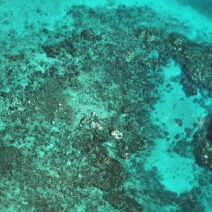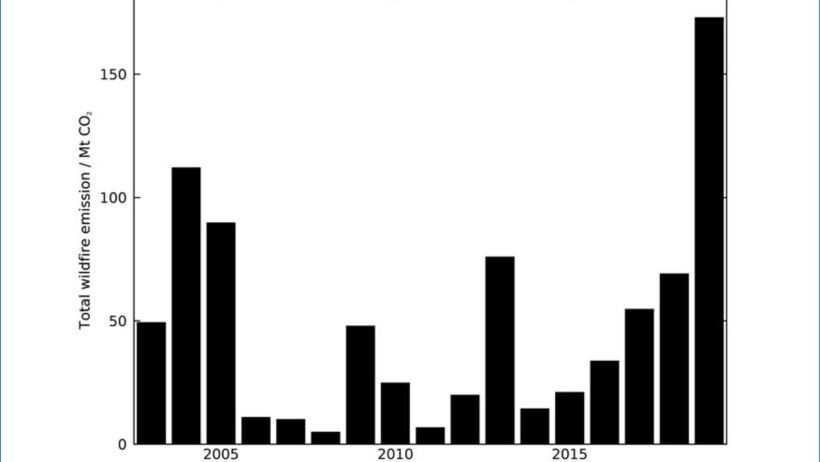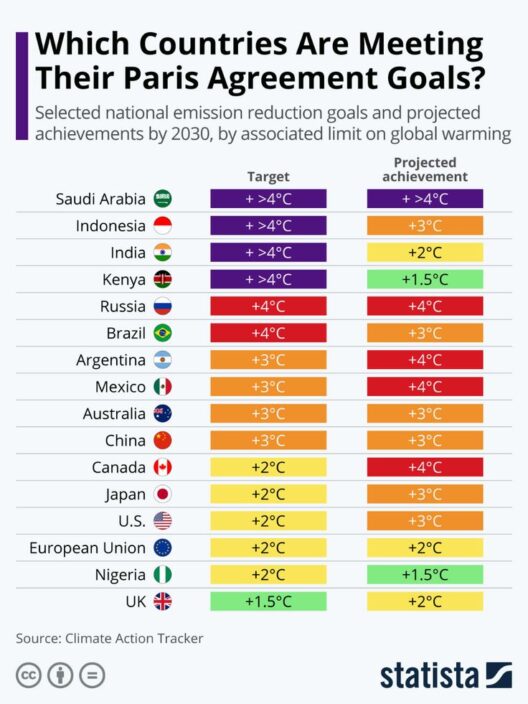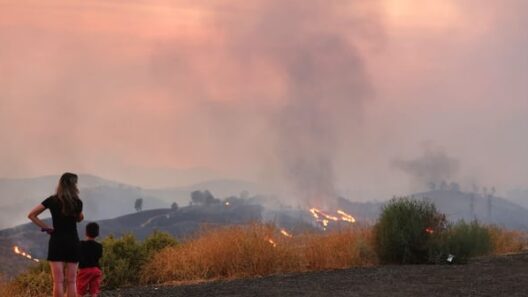Global warming has had profound implications for various sectors worldwide, including the tourism industry. In particular, Alaskan cruises have faced an array of challenges and alterations since 2019, significantly reshaping the cruise experience, environmental dynamics, and community interactions. This discussion will elucidate the multifaceted impact of climate change on Alaskan cruises, focusing on the environmental, economic, and cultural ramifications.
One of the most apparent effects of global warming on Alaskan cruises is the dramatic alteration of glacial landscapes. Glaciers in Alaska, such as the renowned Hubbard Glacier and the famous Mendenhall Glacier, are retreating at unprecedented rates. This retreat is driven by rising sea temperatures and diminishing ice mass. Where once cruisers could observe colossal ice formations, they now witness stark landscapes that serve as a poignant reminder of climate change’s impact. As glaciers recede, the ecological balance of the region is disrupted, affecting marine life and the overall health of Alaskan waters.
Furthermore, the changing climate has led to increased marine traffic and altered navigational routes. Warmer temperatures have opened previously inaccessible areas, creating new opportunities for cruise lines. However, this influx poses significant risks, including the potential for oil spills and the introduction of invasive species. These threats could have devastating effects on the delicate marine ecosystems that define Alaskan waters, emphasizing the need for sustainable tourism practices amid rampant expansion.
Moreover, unpredictable weather patterns have become more pronounced since 2019, leading to significant modifications in cruise itineraries. Unforeseen storms and heightened fog conditions frequently disrupt planned excursions, leading to delays and cancellations. This unpredictability not only frustrates travelers but also places additional stress on local economies that rely heavily on tourism. Residents and business owners, who depend on the influx of cruise passengers for their livelihoods, face uncertainty as weather-related disruptions become increasingly common.
As the climate shifts, Alaskan wildlife also adapts, causing a ripple effect on the tourism experience. Species such as the iconic polar bear and nesting seabirds are increasingly affected by changing habitats and food availability. Tourists eager to witness the majestic fauna of Alaska may find their experiences diminished as wildlife migrates or becomes less visible. Cruise lines are tasked with balancing customer expectations for wildlife sightings while being mindful of the ecological impact their presence may have in sensitive habitats.
The sociocultural fabric of Alaskan communities is also undergoing transformation as a direct consequence of climate change. The revival of certain cultural practices and traditions that integrate the stewardship of nature has gained relevance. Indigenous voices are becoming increasingly prominent in tourism conversations, advocating for sustainable practices that respect the land and its resources. As cruises bring hundreds of visitors to local communities, there is an opportunity for cultural exchange. However, without careful consideration and cooperation, the commodification of indigenous culture presents ethical dilemmas that require navigation.
The economic landscape of Alaskan cruises is intricately tied to the effects of global warming. In the wake of the COVID-19 pandemic, the recovery of the cruise industry has been further complicated by the realities of climate change, as consumers become more environmentally conscious. More travelers are beginning to demand eco-friendly options and experiential travel that minimizes their carbon footprint. In response, cruise lines may need to innovate, incorporating sustainable technologies and practices that address environmental concerns as part of their branding strategy.
Additionally, the closer association with environmental issues is leading to heightened scrutiny from regulatory agencies. A growing emphasis on sustainability has prompted cruise operators to shift toward greener technologies. Vessels are now being designed to reduce emissions and minimize waste, utilizing cleaner fuels and advanced waste management systems. This transition, while costly, could be pivotal in guiding the future of the cruise industry in Alaska as stakeholders increasingly prioritize sustainability and ecological responsibility.
The importance of educational initiatives cannot be overstated. This engagement encourages tourists to be active participants in preserving the environment they are visiting. Cruise lines can enhance the passenger experience by integrating educational programs focused on the environmental issues facing Alaska. By fostering an understanding of climate change and its implications, passengers may emerge as advocates for environmental protection long after their cruise concludes.
In conclusion, the impact of global warming on Alaskan cruises since 2019 is multifaceted, encompassing environmental, economic, and cultural dimensions. As glaciers recede and wildlife migrates, the natural allure of Alaska is increasingly threatened, altering the very fabric of the tourism experience. The cruise industry is at a crossroads where it must adapt to the realities of climate change while ensuring that it supports local communities and ecosystems. By embracing sustainable practices, engaging with indigenous knowledge, and prioritizing education, the industry can reconcile the desire for adventure with the imperative for conservation. It is only through concerted effort and commitment that the majestic landscapes and rich cultures of Alaska can endure for future generations to explore and cherish.








